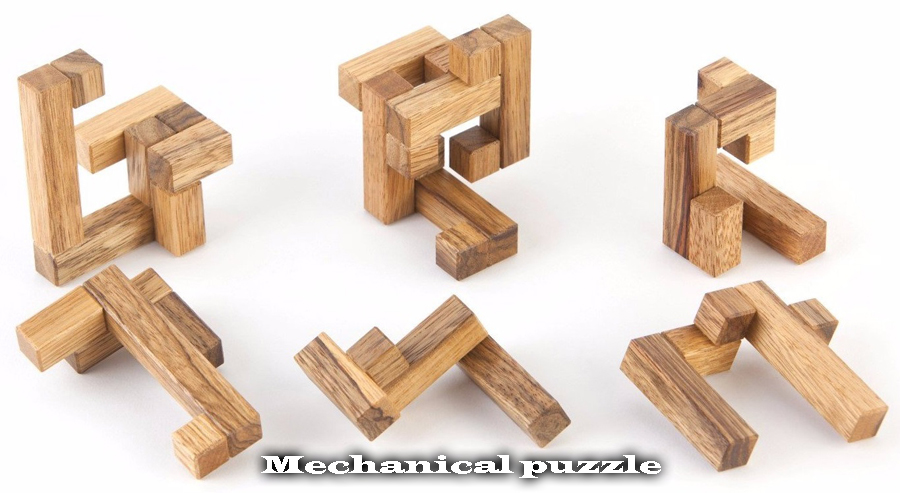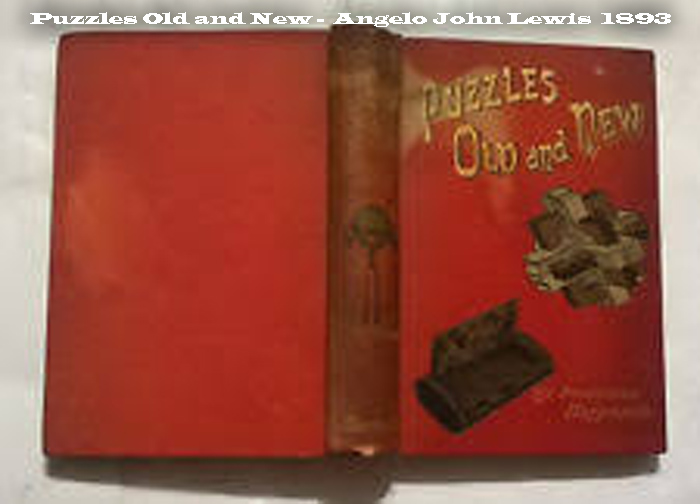Children playing with toys expresses standards set forth by adults but seen through the eyes of a child and toys develop a child’s mental, communal, and verbal learning skills. Playing with toys offer entertainment and education, inspire creativity, and develop physical and mental skills that will be needed in adult life. Children will play with whatever they find to use as a toy like just sticks and rocks. Infants toys use sounds and bright colors to help recognize shapes and strengthen memory.
Archaeological digs have discovered grave sites of children that were buried with their favorite toys that date back 4,500 years.
Early Egyptian tombs dating back to early 2000 BC held many children’s toys like carved wooden figurines and paddle dolls.
Greek children played with carved toy figurines and Greek vases have been found with depictions of children playing with toy two-wheeled carts. Around the age of 14, as a-rite-of-passage into adulthood, some Greek children gave their toys of childhood as a sacrifice to the gods.
800 AD the Japanese used folded paper to make figurines and dolls in the shape of Kimono. Asian cultures centuries ago used paper faces and objects during religious ceremonies. 1812 “The History and Adventures of Little Henry” was published by J. Belcher and it was the first book to include paper dolls that the child could act out the scenes in the story. Milton Bradley in the 1920s help make paper dolls become more popular with the advancements in the printing process which made the dolls cost much less.
Ancient Greek toy-makers in the 3rd century invented the mechanical puzzle with 14 parts used to create different shapes from the same pieces. The Antikythera Mechanism a computer device from 80 BC made of solid brass was found off the coast of Greece showing their advanced knowledge of moving parts.
Plato the Greek philosopher wrote all future architects should play at building houses as children. The Greeks made construction sets, building blocks of wood, and children were encouraged to use their imagination building things.
The word “toy” was first used in the 14th century and children playing with toys was important way of learning how to play the roles they would play in adulthood. Forever young people have been able to find something within their grasp to play with.
During the long 18th century (1685-1815) known as the Age of Reason or the Enlightenment attitudes towards young children drastically changed. It was the beginning of freedom of thought and philosophy, political liberty, religious tolerance, scientific achievement, the pursuit of happiness.
Children were no longer just seen as extended family members, but they had become individuals with their own rights to hope for the future. Toy makers were very successful at producing new fun ways to learn skills while playing.
Children loved to blow bubbles with a hollow read in soapy water leftover from washing.
1750 John Jefferys mass produced board games like “A Journey Through Europe” throwing a teetotum would determine how many spaces the player would move along a path on the playing board.
1767 John Spilsbury invented the first Jigsaw Puzzle to help children learn geography based on Africa, America, Asia, England and Wales, Ireland and Scotland, and the World.
In England the wealthy mounted a toy horse on bow rockers to develop children’s balance for riding real horses.
There were many other toys that were popular with rich and poor children like spinning tops, hoops, and wheels. Children of all ages like to fly kites and watch puppet shows.
The Church encourage the making of miniature toys like Noah’s Ark popular with children helping them learn the Bible stories.
Board games, books, cards, and puzzles became more focused on children’s education during the 1800s.
Children had more free time to play living during the successful rise of the new middle class. Supply and demand led to the industrial manufacturing of toys of all kinds for all ages.
1817 Sir David Brewster invented the kaleidoscope and it was mass-produced by Carpenter and Westley selling over 200,000 units in just three months in London and Paris.
Carpenter and Westley also developed a mass-production process using a copper plate printing press to make Magic Lanterns that were used Phantasmagoria and Galanty imagery shows.
1833 William George Horner invented the Zoetrope an early motion picture like device and it was very popular with children in the 1860s.
A doll can be a replica of human or animal form made out of whatever materials are available like bones, corn-husks, stone, sometimes apples. As life styles improved more families found themselves in the new middle class and manufacturing children’s toys became more profitable. Mass production provided wood and porcelain dolls and miniature doll houses for girls.
Trains, marbles, and toy soldiers the forerunner to modern action figures were popular with boys allowing them to play war or act out farm activities with animals and farm equipment.
Simple wooden blocks help develop hand-eye coordination, math and science skills and encourage children to be imaginative in their play time with them. Blocks are one of the original construction toys and are often decorated in cheerful colors for babies and toddlers.
Educational toys like Newton’s cradle and puzzles were very popular for school age children to demonstrate conservation of momentum and energy and helping in problem-solving procedures. Puzzles tests imagination and require identifying shapes and forming a specific order.
In 1893 Angelo John Lewis published “Puzzles Old and New” under the name of Professor Hoffman. In this very popular reference book for puzzle games he explained 40 different puzzle secret opening devices. China produced the Tangram Puzzle and it was enjoyed throughout Europe and America in the 1800’s.
Automation wind-up toys were very fascinating to children.
The three most popular toys of the twentieth century Dinky Toys, Hornby Model Railways, and Meccano were invented by Frank Hornby based on engineering principles.
In 1893 the invention of hollow casting toy soldiers in lead revolutionized production remaining the manufacturing standard for many years. During 1920’s die-cast toy cars, trains and ships called Dinky Toys were very popular.
Meccano empowered the child to make working models and mechanical devices using angle girders, axles, gears, nuts and bolts, and metal strips, all re-usable parts. This construction set stimulated the imagination to create one’s own models.
In 1897 Plasticine was created by the English painter William Harbutt and in 1900 marketable manufacturing of the material began the golden age of toys.
Click here for The history of toys – part 2
Word count: 1066






























































